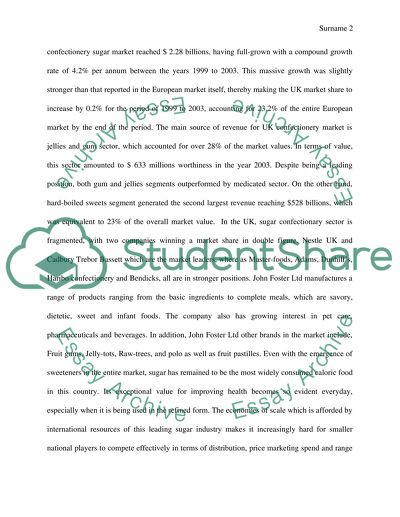Cite this document
(“Overview of the UK Sugar Market From the Case Study Assignment”, n.d.)
Retrieved from https://studentshare.org/marketing/1395714-overview-of-the-uk-sugar-market-from-the-case-study
Retrieved from https://studentshare.org/marketing/1395714-overview-of-the-uk-sugar-market-from-the-case-study
(Overview of the UK Sugar Market From the Case Study Assignment)
https://studentshare.org/marketing/1395714-overview-of-the-uk-sugar-market-from-the-case-study.
https://studentshare.org/marketing/1395714-overview-of-the-uk-sugar-market-from-the-case-study.
“Overview of the UK Sugar Market From the Case Study Assignment”, n.d. https://studentshare.org/marketing/1395714-overview-of-the-uk-sugar-market-from-the-case-study.


